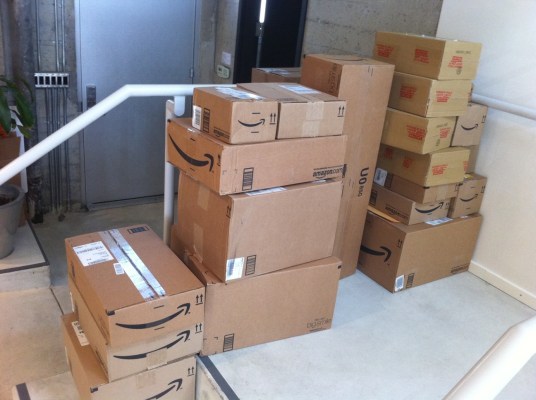It’s been a rough couple of months for Amazon competitors. First Canada’s Shop.ca declares bankruptcy and essentially has a fire sale, then Jet.com, which accumulated big funding and big hype pre-launch, is apparently in talks with Wal-Mart re: an acquisition.
A Wal-Mart exit isn’t the upstart victory against an industry giant originally foretold in Jet’s creation myth – it’s more like the two survivors of a nuclear apocalypse meeting on the wasteland and pooling resources to eke out another few days of survival.
That metaphor might be a bit bleak for the numbers on the table: WSJ is reporting that the current valuation of Jet in private markets is around $3 billion, so even with over $500 million in funding invested, there’s room for a decent exit. And Wal-Mart could use an online-first retail player, especially one with Jet’s ecommerce pedigree.
Wal-Mart is seriously lagging Amazon when it comes to line sales, and where they are making gains is in resource intensive cross-over business like online purchase of groceries with retail pick-up. Any gains resulting from this union will likely be small gains in terms of overall online retail footprint, and that’s not good for either party.
Recent Slice data shows Amazon owning a massive 38 percent share of the consumer ecommerce market in the U.S. – a lead that’s only growing.
But there is some hope among alternative models, provided those models account for and integrate Amazon’s dominance. Shopify reported earnings today, impressing investors with 93 percent revenue growth vs. the year-ago quarter. A key bullet point in Shopify’s earnings release notes that the company’s first integrated marketplace channel, Amazon, is in advanced beta testing and headed for a full product launch by end of year.
Shopify has also seen a lot of growth from its appeal to small business, and indeed, that’s likely to be the picture of the online retail mark we see resolve in the next few years: Go to Amazon to buy mainstream online, and go boutique for everything else.
This isn’t actually a vision of the future I’m that uncomfortable with, provided the continued existence of small and medium-sized players can continue to co-exist with, rather than be subsumed by Amazon. Unlike with the encroachment of big box brick-and-mortar, this doesn’t so far seem to be a story where the “local” online retailer has to die for the big one to thrive, so long as Shopify’s earnings are a decent reflection of the health of the more modestly-sized end of the market.
